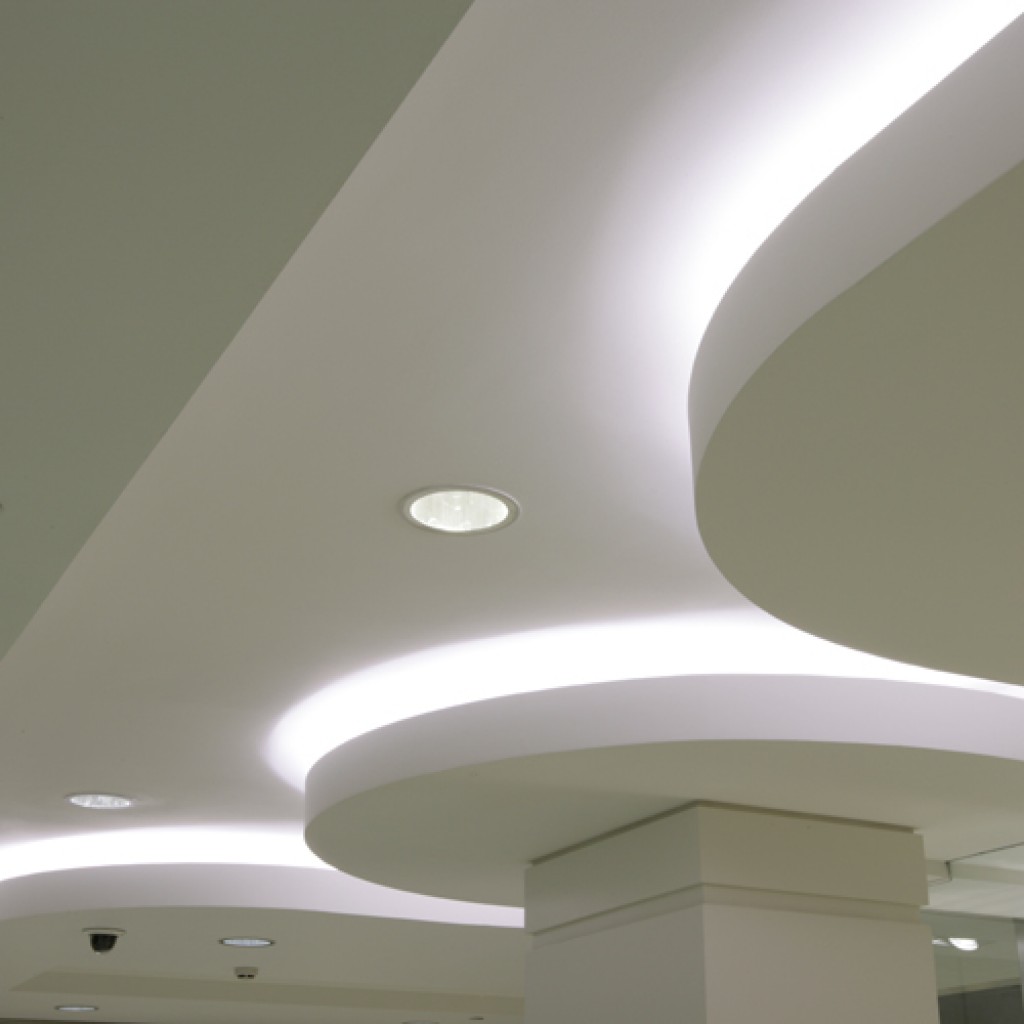Every year, construction stores are replenished with a variety of new materials. Not so long ago, interesting material appeared on sale, which is called SHG (
What is SHG
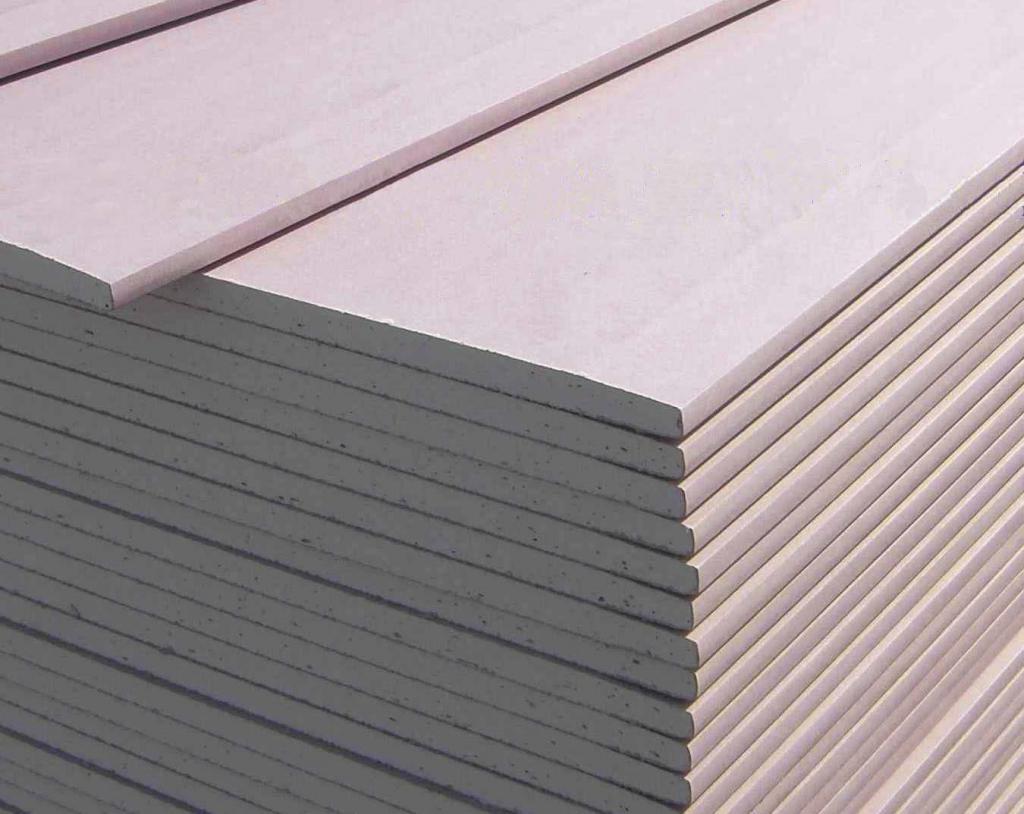
This is an environmentally friendly modern building material, which is often used for interior decoration. In its composition, the plates do not contain harmful components, they are resistant to biological factors and fireproof, they are very easy to install. In its properties, GSP significantly exceeds the popular gypsum fiber sheets and drywall. Plates have excellent soundproofing characteristics, because of which they are so popular in construction.
Composition
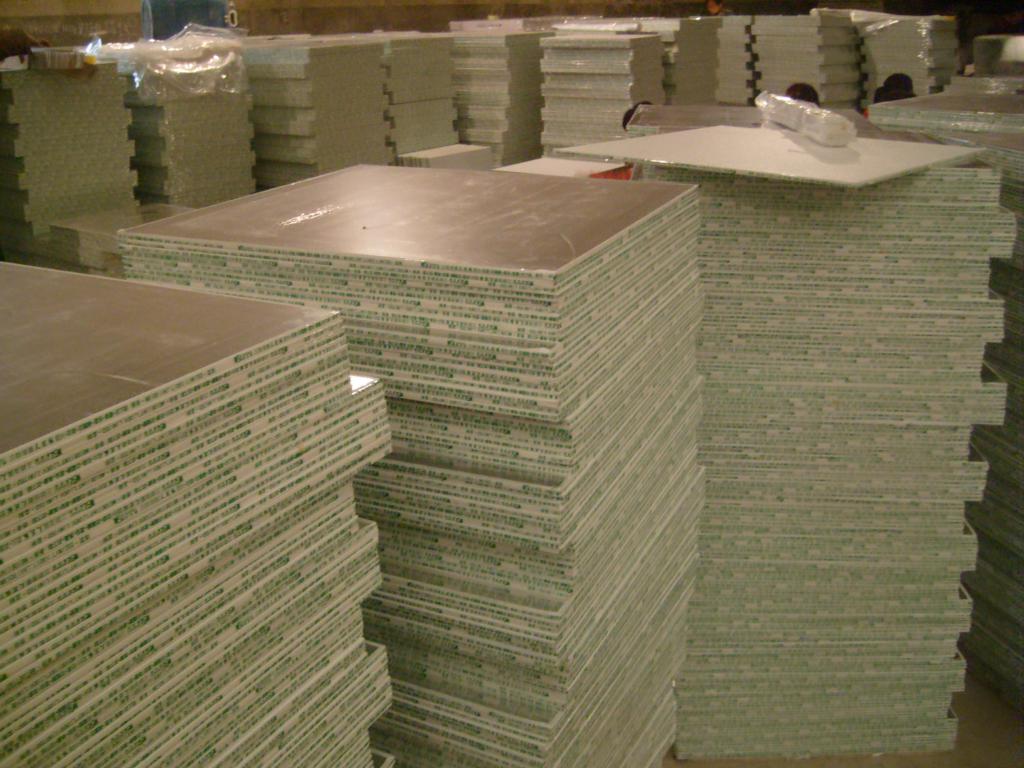
Manufacturing process
Specifications

This material is very popular because it is completely environmentally friendly. It should be noted that thanks to this, the plates are perfect for use in children's rooms, hospitals, kindergartens and bedrooms.
The main characteristics are:
- material density - no more than 1250 kg / m3;
- swelling in 2 hours is 2%;
- minimum humidity does not exceed 2%;
- bending strength - 8–10 MPa;
- water absorption in a few hours is 30%;
- linear expansion with moisture changes is in the range of RH 30% - CR 85% not more than 0.07.
SHG size
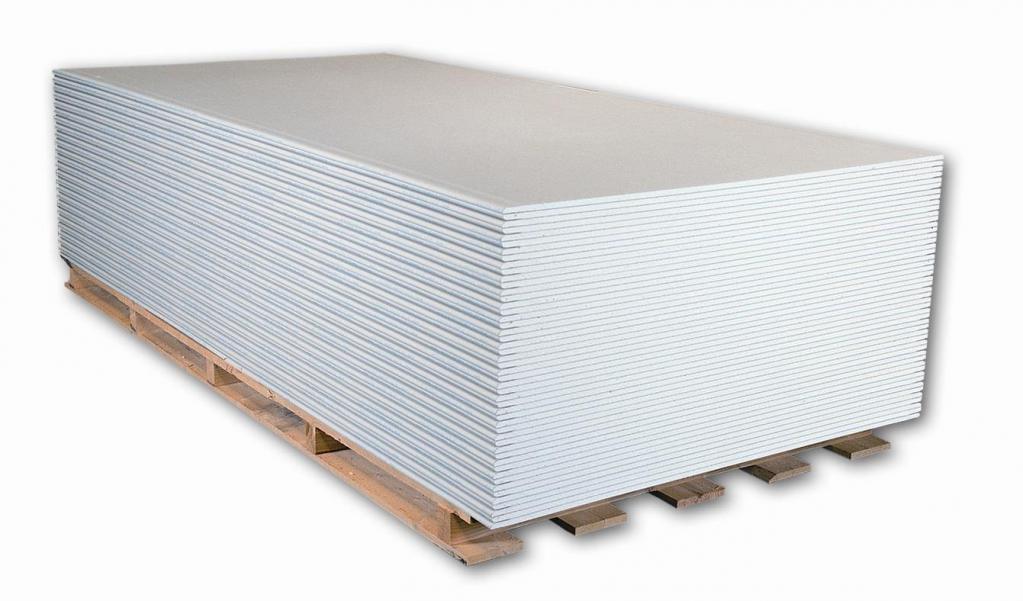
The dimensions of the sheets produced at the factory are optimized for use with other types of similar materials. Plates are made:
- 8, 10, 12 mm thick;
- 0.5, 15, 25, 3 m long;
- 1.25 m wide
A variety of such dimensional categories helps to greatly simplify the construction. In addition to standard options, also available
Sheets of a half meter length are most often used to form a “dry screed” on the floor. Materials with a thickness of 8 and 10 mm are often sanded, that is, they have a better and more durable surface for further use in laminating and pasting without prior preparation.
Features

Already know
- Significant noise insulation properties. A similar characteristic is present, first of all, because of the composition, which includes gypsum and shavings. The use of this material will help isolate rooms from noise within 50 dB.
- Fire safety. It should be noted that gypsum simply does not burn and, thanks to its properties, perfectly protects shavings from ignition at high temperatures. The only thing that needs to be said is that with prolonged exposure to significant temperatures, the stove will simply collapse. But still, it does not support combustion, does not spread flame, and has a minimum coefficient of smoke emission.
- Strength. Because of his
SHG composition has a fibrous structure, so the presence of chips provides reinforcing functions. The material is resistant to high lateral and longitudinal loads, can withstand significant local impacts. According to the results of the study, this material showed several times better impact resistance than gypsum plasterboards. In addition, this criterion is not affected by temperature and humidity. - Thanks to a perfectly flat surface
sheet material does not require additional processing. Before wallpapering, lamination, painting, veneering, laying tiles there is no need for any preparation. - Resistance to biological threats. The composition is completely resistant to attacks of fungus, bacteria, and also rodents and insects do not show interest in it.
disadvantages
The main disadvantage of the material is the inconvenience in work. The main factor is significant weight. It should be noted that a 3-meter sheet with a thickness of 12 mm draws 56 kg, so it is impossible to avoid difficulties during installation, unloading, and especially when lifting to a height. For ceiling cladding, thinner materials are recommended.
Application
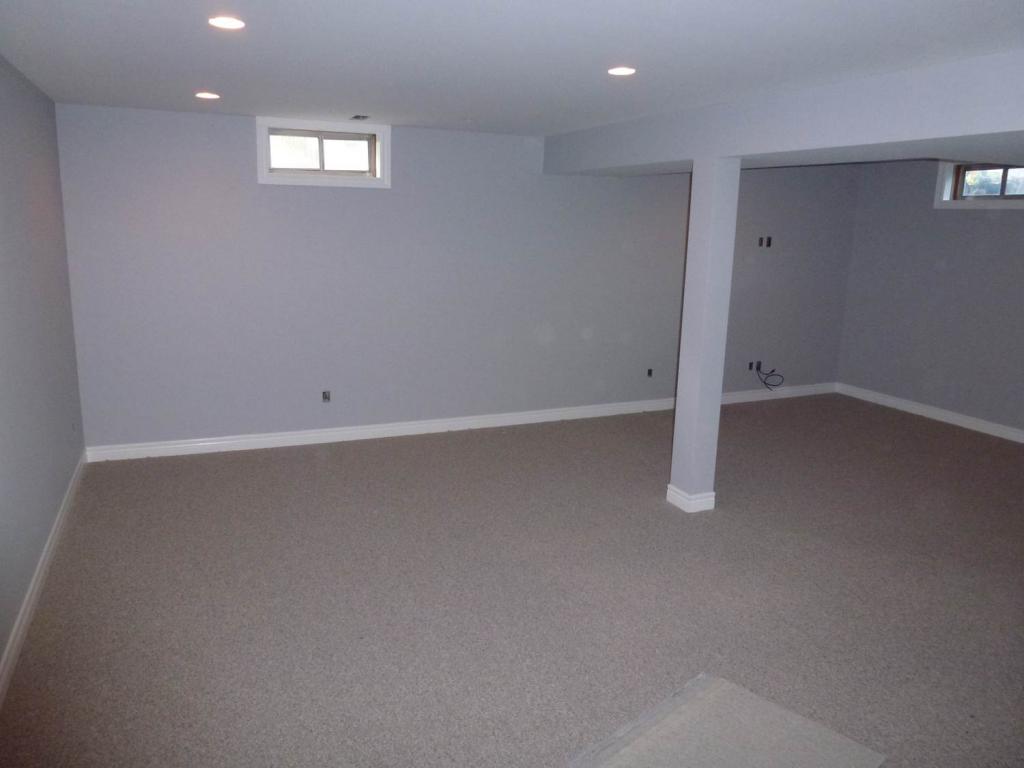
Based on technical features, such
In a frame construction, the material is often used as an alternative to expensive OSB and less strong drywall. Still, such sheets are very often used to install door and window openings, as well as window sills.
Features of installation and processing

In order to process
- A round cutter or an electric jigsaw, if you need to make any hole or make a round cut.
- Reinforced saw blade and dust collector.
- Hand saw - it should be noted that this device will be needed only when you need to make small incisions.
The installation of plates is practically no different from a similar process when working with other finishing materials. They need to be placed on a wooden frame using hardware and glue.
Particular attention must be paid to the process of direct cutting, and this happens a little more complicated than with standard drywall. An increased level of dust formation can be a very annoying surprise, so you need to prepare in advance and install a dust collector.
There are some features when working with self-tapping screws.It is not possible to easily place the hardware in the hole with a screwdriver, so you will need to pre-drill the container, and only then immerse the head of the self-tapping screw on the surface of the SHG. The angle at which the fastener enters should be 90 degrees, and the gap between adjacent elements should be 25 cm. Experts recommend using several layers of material to avoid cracking. If a plate of large thickness was chosen, then such a problem as cracks will not bother.
Dry floor screed
The installation itself is recommended in several stages. The first layer is placed directly on the guides, after which the PVA is abundantly smeared and becomes the basis for the subsequent layer. It should be noted that additional fastening of the sheets together with the frame is carried out by self-tapping screws, which are placed in increments of a third meter.
The seams of the plates of the second layer should completely overlap the seams of the first. It is important to know that in the place of adjoining such a floor to the wall, it is required to leave a technical gap of 1 centimeter on all sides. In the future, this distance will be filled with a special edge tape.
At the final stage, it will be necessary to close up all the recesses that were left due to the heads of the screws, and cover the resulting distances between the plates with putty. After the material has completely dried, its top layer is ground to full compliance with the floor level.
